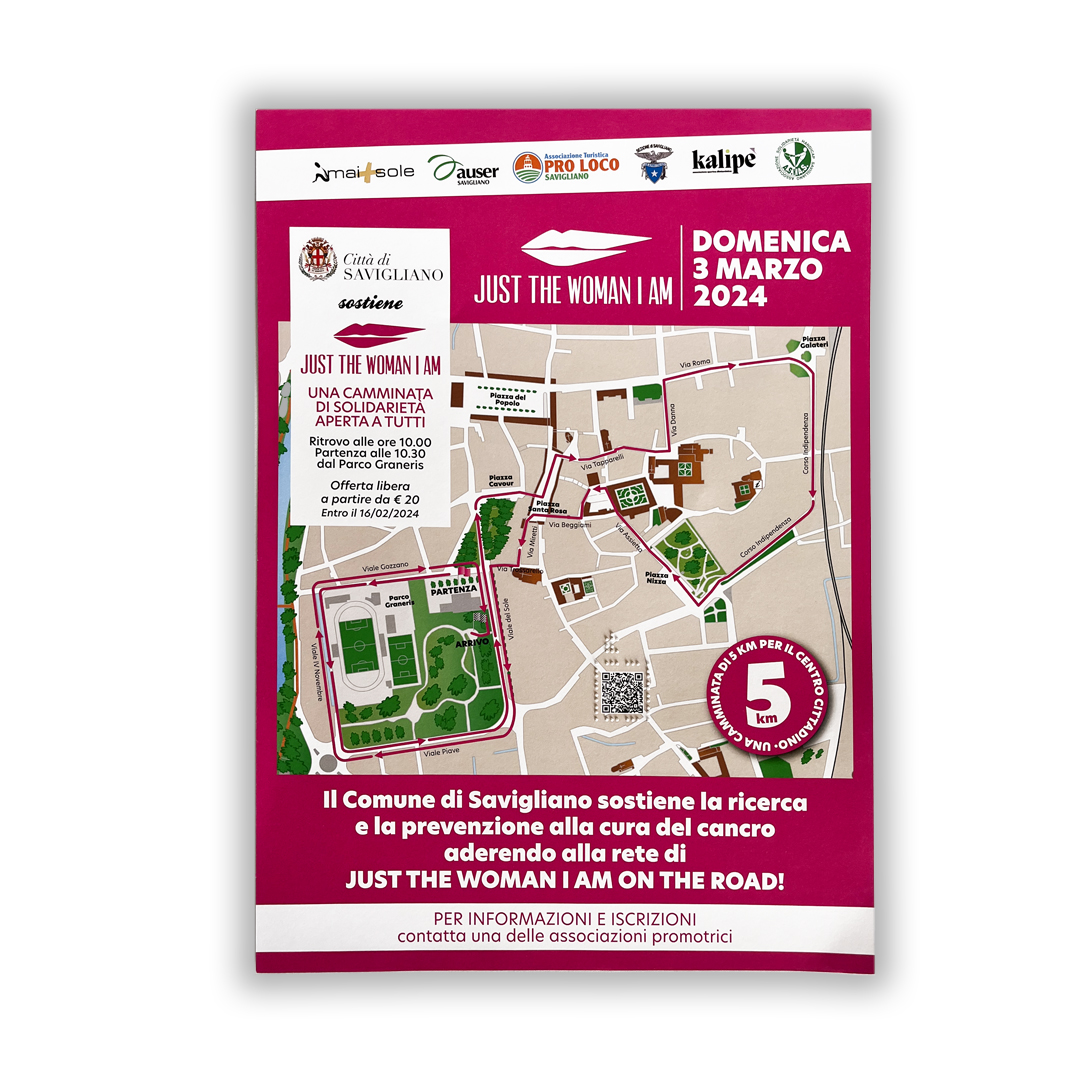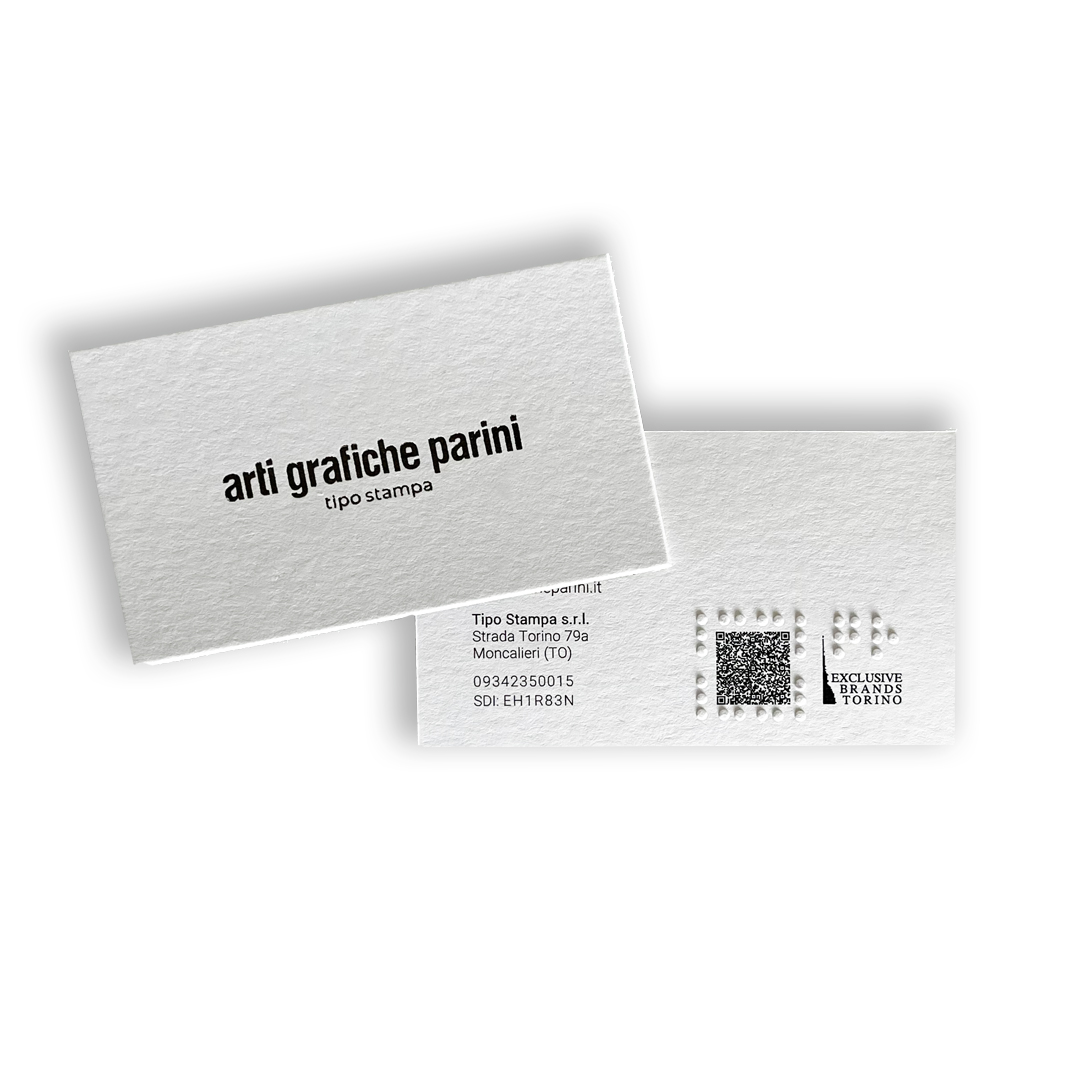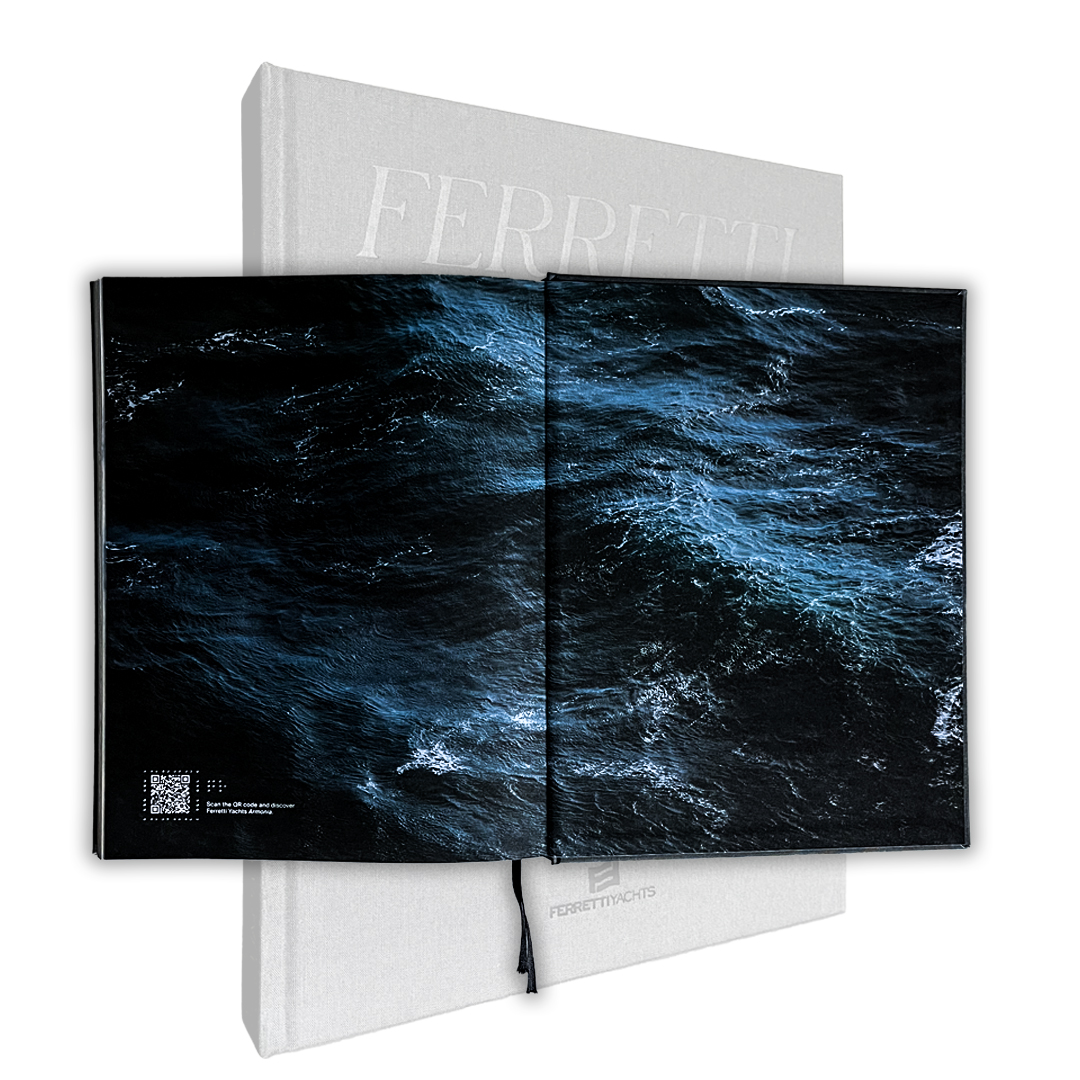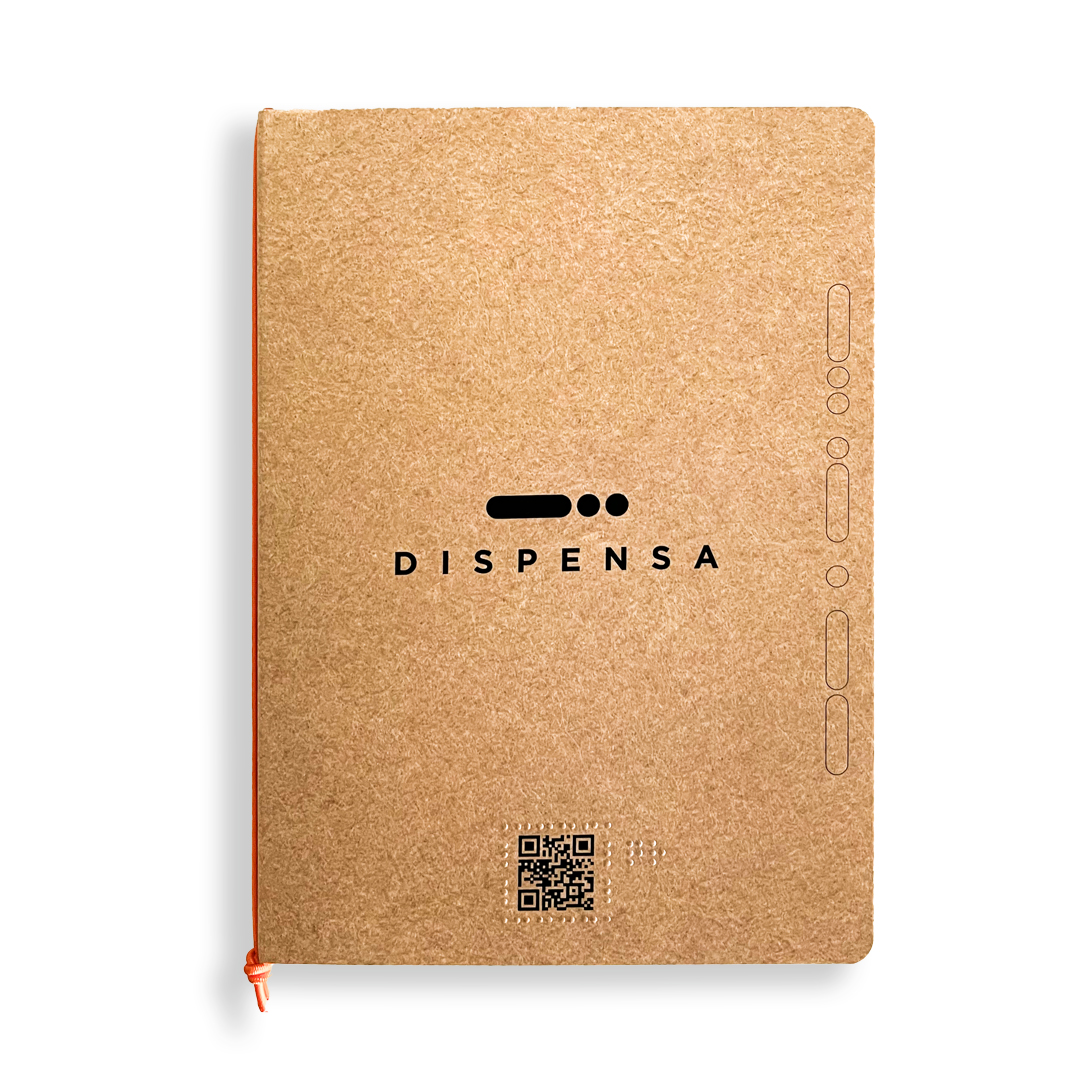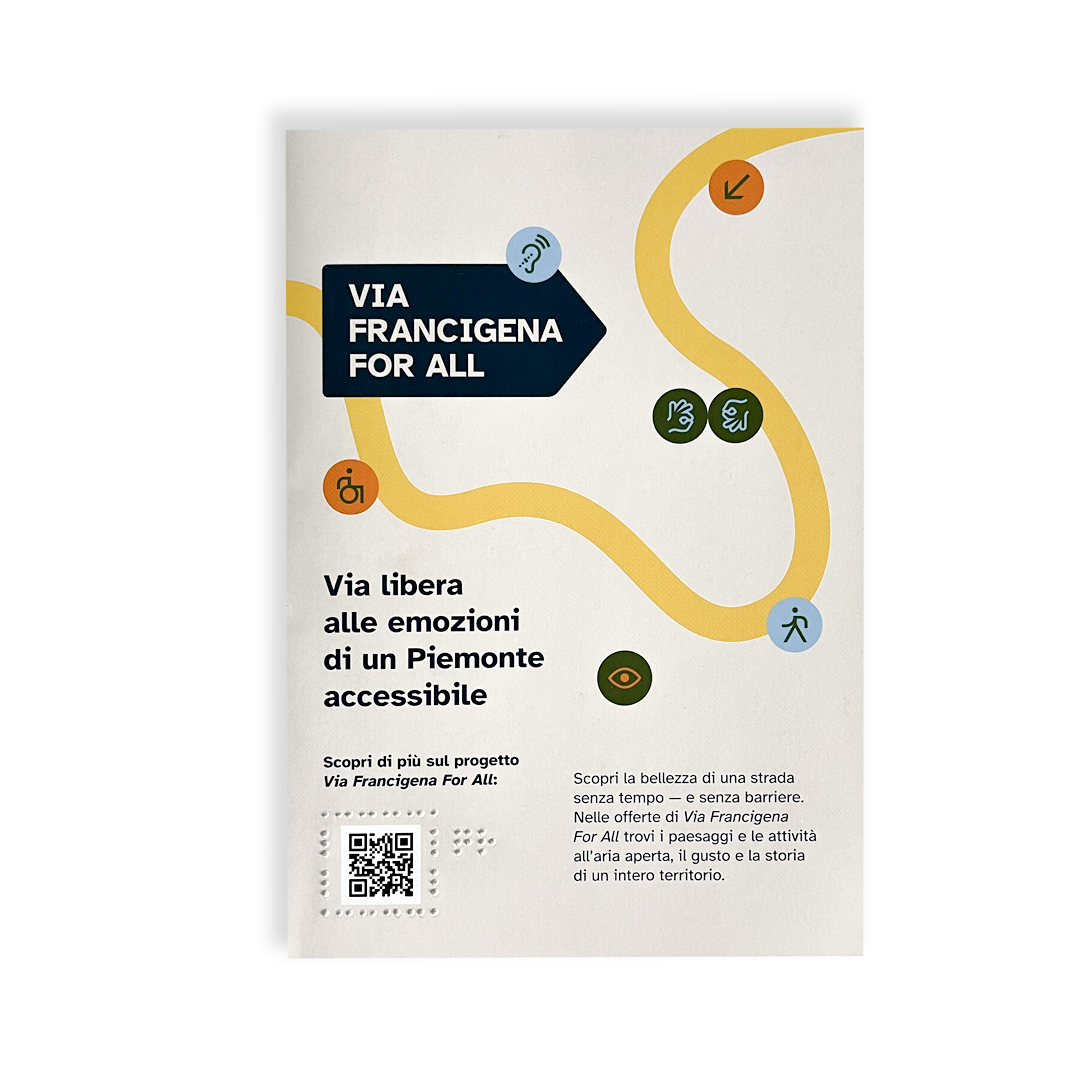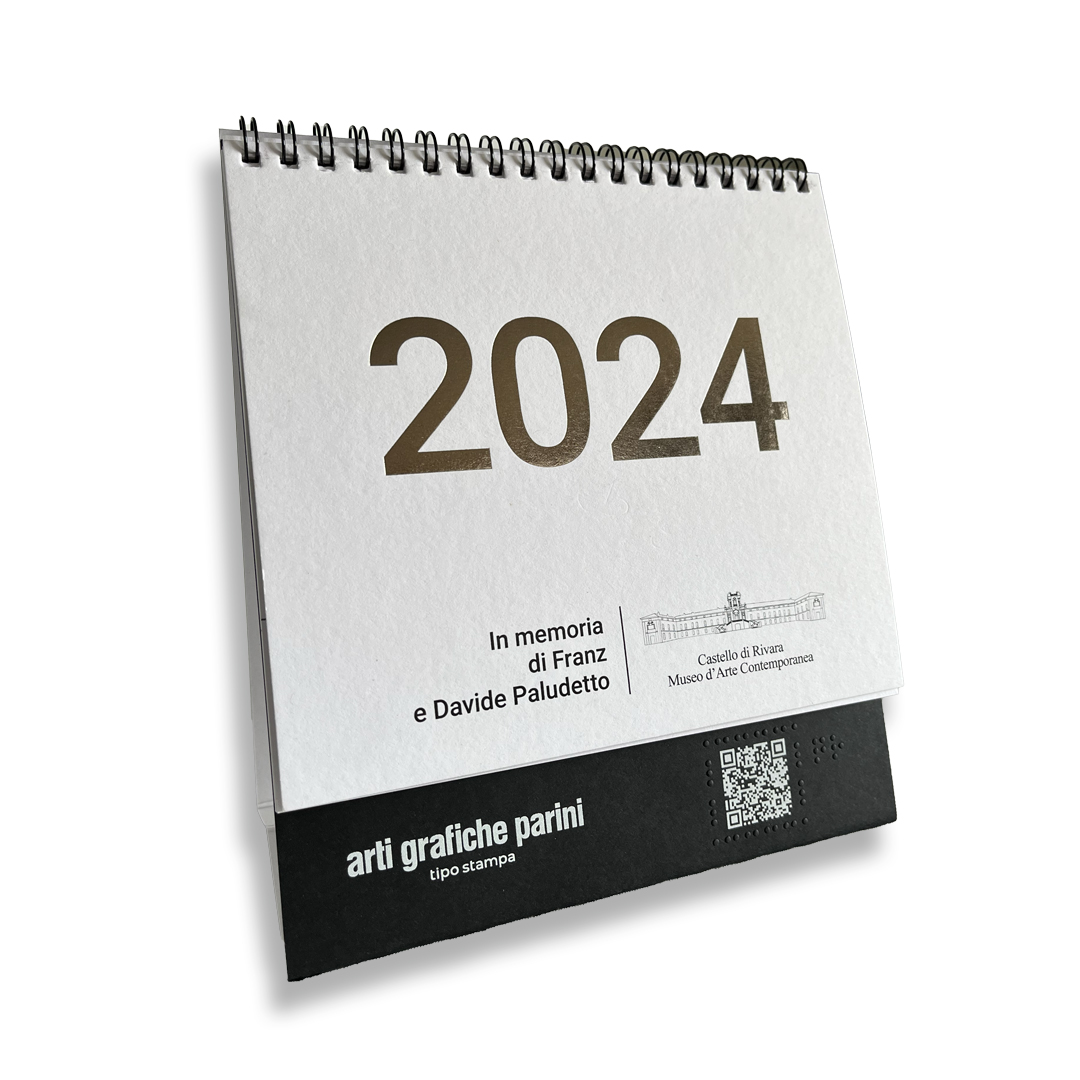TQ BRAILLE®
Innovazione tattile per stampati e packaging inclusivi accessibili a tutti
TQ BRAILLE®
Packaging e stampati inclusivi per ciechi e ipovedenti
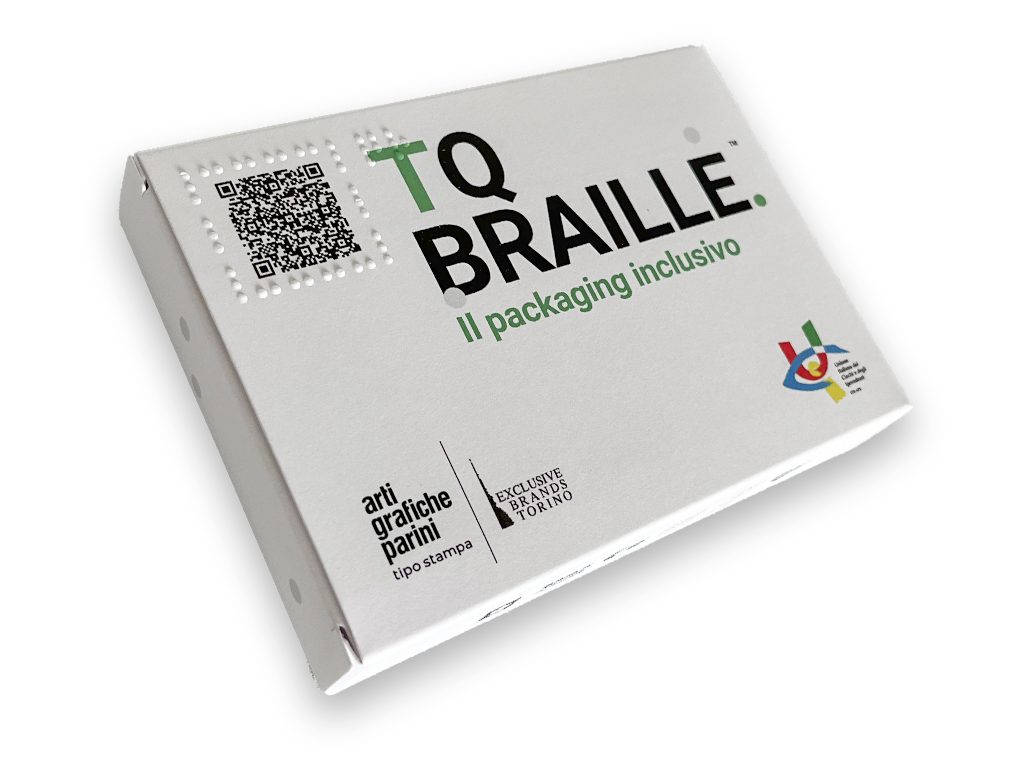
The TQ Braille® device represents a significant advancement in the field of accessibility for people affected by blindness, low vision, or other visual impairments.
Il suo obbiettivo principale è garantire che i packaging e tutti gli stampati siano accessibili e fruibili per tutti, eliminando le barriere legate alla percezione visiva; e assicurando a ciechi e ipovedenti di esercitare in autonomia il loro diritto di scelta.
This objective is achieved through the adoption of innovative technologies based on QR codes and the use of the Braille system.

PACKAGING E STAMPATI INCLUSIVI PER CIECHI E IPOVEDENTI
The TQ Braille® device represents a significant advancement in the field of accessibility for people affected by blindness, low vision, or other visual impairments.
Il suo obbiettivo principale è garantire che i packaging e tutti gli stampati siano accessibili e fruibili per tutti, eliminando le barriere legate alla percezione visiva; e assicurando a ciechi e ipovedenti di esercitare in autonomia il loro diritto di scelta.
This objective is achieved through the adoption of innovative technologies based on QR codes and the use of the Braille system.
Regulation UE 1169/2011
The primary consideration for requiring mandatory food information should be to enable consumers to identify and use a food appropriately and to make choices suitable for their individual dietary needs. To this end, food industry operators should facilitate the accessibility of such information to people with visual impairments.
Regulation UE 1169/2011
The primary consideration for requiring mandatory food information should be to enable consumers to identify and use a food appropriately and to make choices suitable for their individual dietary needs. To this end, food industry operators should facilitate the accessibility of such information to people with visual impairments.
THE PROBLEM
Visually impaired consumers cannot independently consult labels.
Braille constitutes a writing system characterized by standardized dimensions and requires a considerable amount of space.
Many packaging containers do not provide an adequate amount of space designated for Braille representation.
QR codes are not detectable by blind and visually impaired individuals.
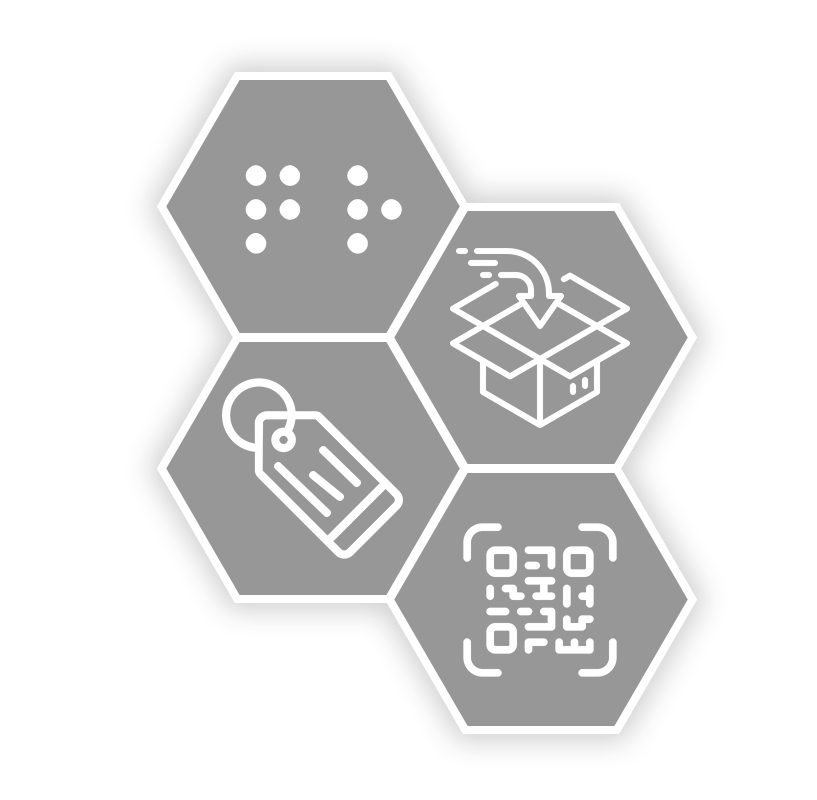
THE PROBLEM
Visually impaired consumers cannot independently consult labels.
Braille constitutes a writing system characterized by standardized dimensions and requires a considerable amount of space.
Many packaging containers do not provide an adequate amount of space designated for Braille representation.
QR codes are not detectable by blind and visually impaired individuals.

DATA
3.8% of the global population, which is 303,000,000 people, has some form of visual impairment, and of these, 40 million are completely blind.
In Europe, 4.1% of the population has visual impairments, and of this percentage, 4 million people are blind.
The current population of Italy is approximately 58,600,000 people; the community of blind and visually impaired individuals corresponds to nearly 3.4%, which is around 2 million individuals.

DATA
3.8% of the global population, which is 303,000,000 people, has some form of visual impairment, and of these, 40 million are completely blind.
In Europe, 4.1% of the population has visual impairments, and of this percentage, 4 million people are blind.
The current population of Italy is approximately 58,600,000 people; the community of blind and visually impaired individuals corresponds to nearly 3.4%, which is around 2 million individuals.
TQ BRAILLE®
The solution we propose is TQ Braille®, a tactile identification device.
It allows, through a Braille-character frame, easy identification of the position of the QR code, which can be captured and used with a simple camera.
The QR code will subsequently redirect the user to the product page, and through the screen reader systems VoiceOver and TalkBack of their respective iOS and Android operating systems, all fundamental product information will be read aloud.
The TQ Braille® is based on the use of QR codes and Braille.
QR CODE
The QR code features distinctive uniqueness as it allows for embedding a large amount of information in a small space and has high resistance to wear and tear due to its structure. It is also known for its versatility, finding pervasive applications across a wide range of contexts.
It is employed on packaging, in visual communication such as all promotional material, on menus, and even within business cards.
It can also be used for counterfeit control and to ensure product safety, allowing manufacturers to monitor the authenticity and integrity of their goods throughout the entire distribution chain.
BRAILLE
Il sistema Braille è un sistema di scrittura e lettura ideata da Louis Braille, un giovane non vedente francese, nel 1824.
This system is the official "language" of the blind and visually impaired community, which is based on a matrix distinguished by 6 raised dots easily identifiable by touch.
Braille has a significant limitation due to the space required for its writing, which must adhere to standard dimensions and cannot be reduced without compromising the tactile legibility of the system.
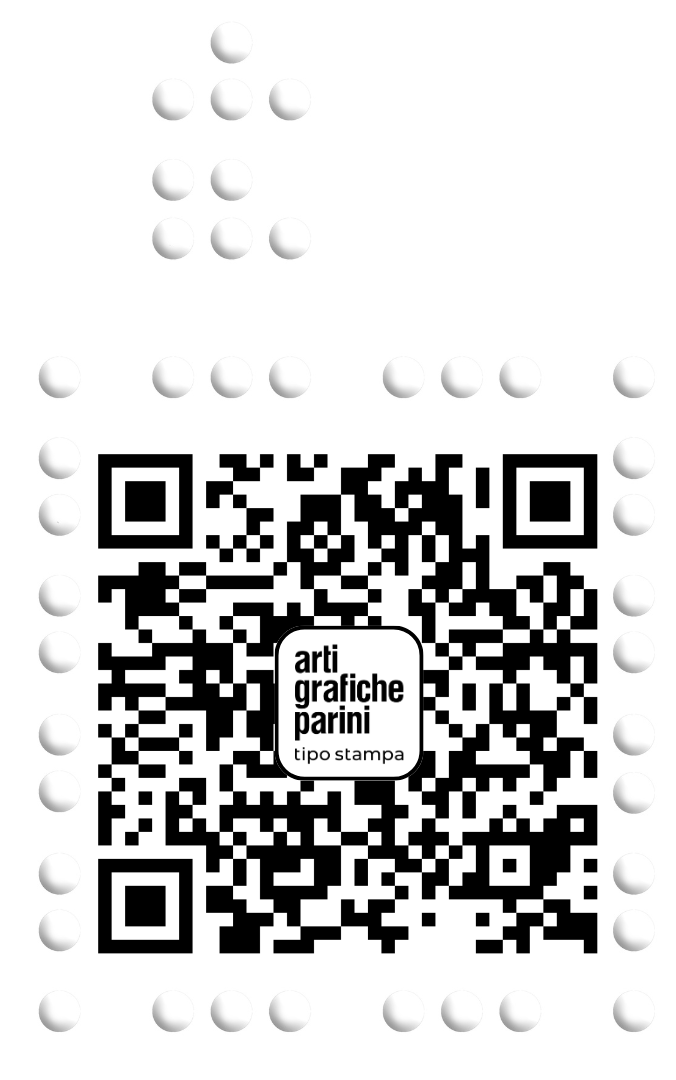
Per visualizzare la pagina di esempio inquadra il Qr Code o clicca qui.
SPONSORSHIP WITH UICI
TQ BRAILLE™
The solution we propose is TQ Braille®, a tactile identification device.
It allows, through a Braille-character frame, easy identification of the position of the QR code, which can be captured and used with a simple camera.
The QR code will subsequently redirect the user to the product page, and through the screen reader systems VoiceOver and TalkBack of their respective iOS and Android operating systems, all fundamental product information will be read aloud.
The TQ Braille® is based on the use of QR codes and Braille.
QR CODE
The QR code features distinctive uniqueness as it allows for embedding a large amount of information in a small space and has high resistance to wear and tear due to its structure. It is also known for its versatility, finding pervasive applications across a wide range of contexts.
It is employed on packaging, in visual communication such as all promotional material, on menus, and even within business cards.
It can also be used for counterfeit control and to ensure product safety, allowing manufacturers to monitor the authenticity and integrity of their goods throughout the entire distribution chain.
BRAILLE
Il sistema Braille è un sistema di scrittura e lettura ideata da Louis Braille, un giovane non vedente francese, nel 1824.
This system is the official "language" of the blind and visually impaired community, which is based on a matrix distinguished by 6 raised dots easily identifiable by touch.
Braille has a significant limitation due to the space required for its writing, which must adhere to standard dimensions and cannot be reduced without compromising the tactile legibility of the system.

Per visualizzare la pagina di esempio inquadra il Qr Code o clicca qui.
SPONSORSHIP WITH UICI

Our project has been officially presented to the board of directors of the Italian Union of the Blind and Visually Impaired (UICI), obtaining the prestigious endorsement from the organization.
This strategic collaboration will constitute a significant step in our commitment to addressing the real challenges that the community of visually impaired individuals faces in consuming products.
Thanks to the support of the expert team at UICI, we will be able to conduct a thorough verification of product URL pages, ensuring they are made accessible and easily navigable in a simple and intuitive manner.

Our project has been officially presented to the board of directors of the Italian Union of the Blind and Visually Impaired (UICI), obtaining the prestigious endorsement from the organization.
This strategic collaboration will constitute a significant step in our commitment to addressing the real challenges that the community of visually impaired individuals faces in consuming products.
Thanks to the support of the expert team at UICI, we will be able to conduct a thorough verification of product URL pages, ensuring they are made accessible and easily navigable in a simple and intuitive manner.
PORTFOLIO
Discover all the possible applications of TQ Braille® through the products that have joined the project.
TQ Braille® can be used not only on packaging and paper materials but also on plastic, aluminum, and glass.
Questa flessibilità consentirà di estendere l’accessibilità del TQ Braille® a una vasta gamma di prodotti, superando le limitazioni legate ai materiali su cui può essere applicato; iThis flexibility will extend the accessibility of TQ Braille® to a wide range of products, overcoming limitations related to the materials on which it can be applied. Consequently, a greater variety of products will become accessible to a wider audience.
PORTFOLIO
Scopri tutte le possibili applicazioni di TQ Braille®
TQ Braille® is a registered and trademarked brand, therefore subject to intellectual property laws. This registration grants exclusive rights to the trademark owner and requires obtaining a license for any use or production of the brand.
FOR MORE INFORMATION
TQ.BRAILLE@TIPOSTAMPA.IT

